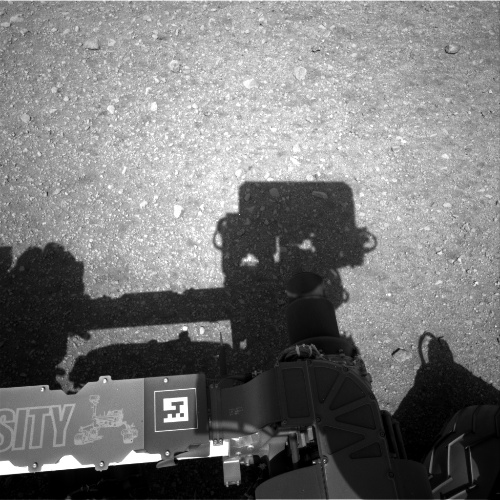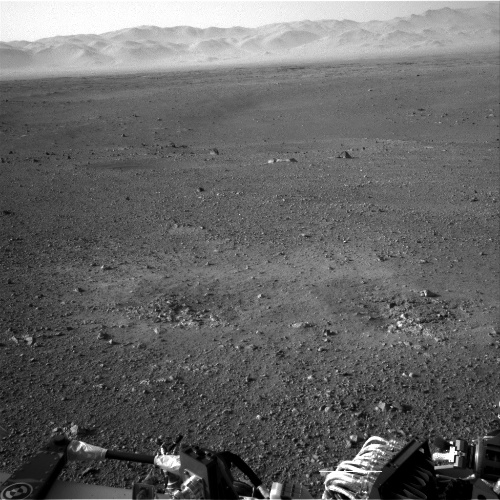- Location
- Vancouver British Columbia
The Mars Reconnaissance Orbiter, a satellite that's been imaging the surface of Mars for the last 6 years, took this photograph of Curiosity, it's heat shield, the skycrane, and the parachute!



It has a 2mp camera. There isn't even a camera phone sold anymore with a camera that crappy.
Electronics that get shot into space have to deal with a much harsher environment than your pants pocket - that means more expensive materials and a LOT of testing, so they don't keep up with the commercial state-of-the-art. Space-rated CPUs haven't even reached 500MHz yet, far as I know.
That "crappy" camera likely has to be radiation-hardened, multiple-fault-tolerant, and built to survive being launched, travelling a year in the hard vacuum of interplanetary space, the heat and vibration of entry/descent/landing, and then whatever Mars herself throws at it now that the rover's got it's wheels under it.
Can't wait to see some color shots of those mountains - maybe there's some good wheelin' up there...
The original images we've been seeing are from the lower fidelity hazard cameras near each corner of the rover. Now that the main scientific mast is up, some nicer images are coming in!



Browse them all for yourself, here:
http://mars.jpl.nasa.gov/msl/multimedia/raw/
It has a 2mp camera. There isn't even a camera phone sold anymore with a camera that crappy.
Oh, now why do you want to go and bring reality into the discussion?it also left earth 10 years ago, how nice was your cellphone camera 10 years ago?


